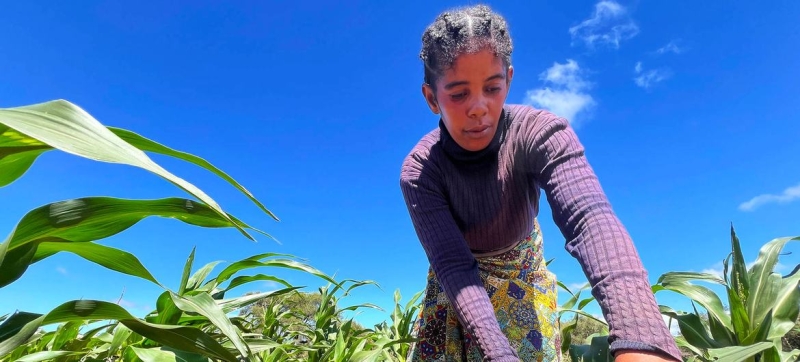
Women suffer significantly greater financial losses than men due to climate change. FAO report: Climate change impacts incomes of women and men differently in rural areas Climate and Environment
Climate change has a disproportionate negative impact on the incomes of rural women, as well as the poor and elderly in rural areas. These are the findings of a new report from the Food and Agriculture Organization of the United Nations (FAO).
Women lose more
The Climate Injustice Report sheds light on the reality that every year in low- and middle-income countries, women head of households in rural areas – suffer much more significant financial losses compared to men. On average, female-headed households lose eight percent more from heat stress than male-headed households, and three percent more from floods.
On a per capita basis, the income reduction is $83 due to heat stress and $35 due to flooding.
If average temperatures rise by just 1°C, women’s total income losses would be as much as 34 percent greater than those experienced by men. The study suggests that, given the significant gap between agricultural productivity and wages of women and men, climate change will cause these gaps to widen significantly in the foreseeable future unless action is taken.
FAO analyzed socioeconomic data on more than 100,000 rural households (totaling over 950 million people) in 24 low- and middle-income countries. Using this information, combined with data on daily precipitation and temperature in specific geographic areas over the past 70 years, the report’s authors examined the impact of various climate stressors on income, work, and coping strategies by wealth, gender, and age.
The poor suffer the most
Data analysis showed that the degree of influence varies depending not only on gender, but also on social -economic status. Heat stress, which is excessive exposure to high temperatures, exacerbates income gaps among poor rural households, who lose five percent more income than their financially advantaged neighbors. A similar situation occurs in the case of floods.
Extreme weather conditions force poor rural households to resort to ineffective coping strategies, such as cutting income sources, selling livestock, or shifting spending to other activities. In the long term, all this only increases their vulnerability to the effects of climate change.
What to do?
B The report notes that solving these problems requires taking targeted measures aimed at expanding the capabilities of various segments of the rural population in terms of adaptation to climate change.
The authors of the document note that issues of gender equality , women’s empowerment and vulnerability to the impacts of events such as climate change are not adequately reflected in the agricultural policies of most countries. An FAO analysis last year of agricultural policies in 68 low- and middle-income countries found that some 80 percent of agricultural policies did not address either women or climate change.
The report’s proposed actions call for investment in policies and programs that address the complex issue of rural vulnerability to climate change and address specific barriers, including limited access to productive resources. In addition, the report recommends linking social protection measures with extension services to encourage adaptation and ensure farmers can receive compensation for losses, such as through cash transfer programs.
